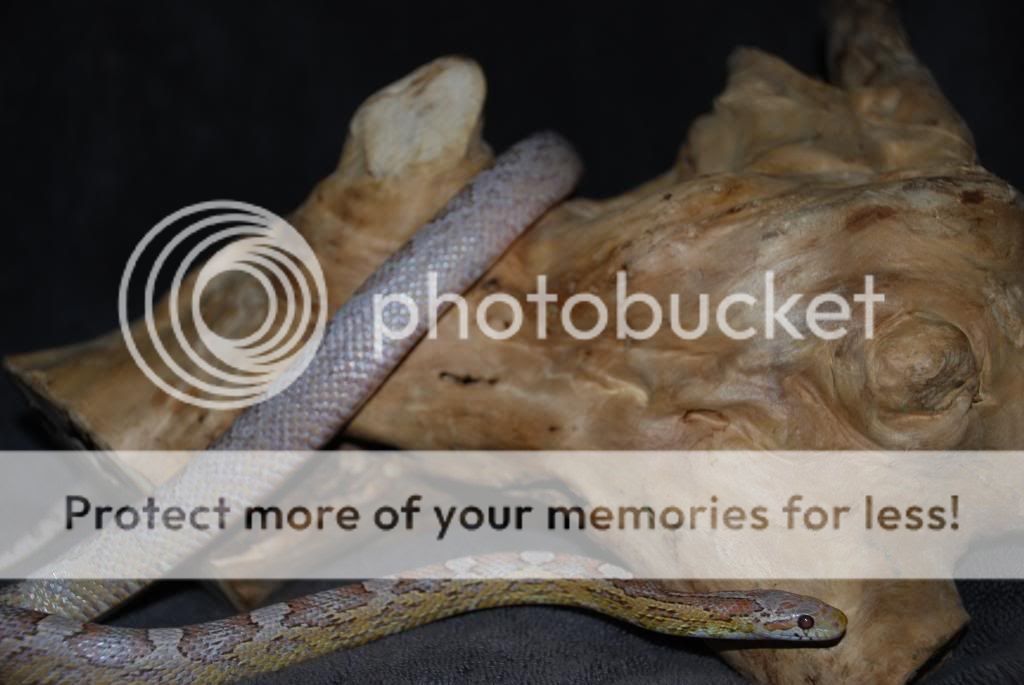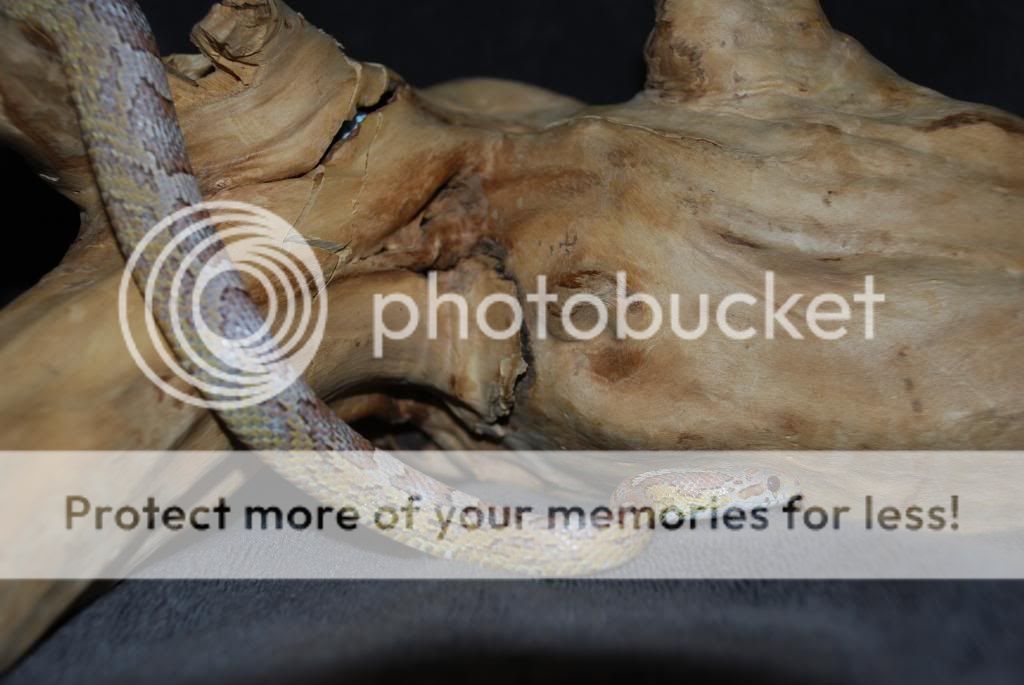-
Hello!
Either you have not registered on this site yet, or you are registered but have not logged in. In either case, you will not be able to use the full functionality of this site until you have registered, and then logged in after your registration has been approved.
Registration is FREE, so please register so you can participate instead of remaining a lurker....
Please be certain that the location field is correctly filled out when you register. All registrations that appear to be bogus will be rejected. Which means that if your location field does NOT match the actual location of your registration IP address, then your registration will be rejected.
Sorry about the strictness of this requirement, but it is necessary to block spammers and scammers at the door as much as possible.
You are using an out of date browser. It may not display this or other websites correctly.
You should upgrade or use an alternative browser.
You should upgrade or use an alternative browser.
Motley Or Not
- Thread starter RO8 H
- Start date
HerpsOfNM
My name's Blurryface...
granite (which Don Soderberg has a hilarious rant about the name on his site) as we know it now is the combination of anerythristic type A and diffused (aka bloodred, another rant that Don does). The diffused/bloodred gene results in a patternless or mostly patternless ventral. Don views bloodreds as a selectively bred trait (the enhanced red/orange colorations of a "bloodred") + a recessive trait (diffused).
Granite....going on to the rant side of things, is what Terrazzo is now known as. To save on typing, a mixing up things, this is what Don says on granite...
https://www.cornsnake.net/snakes-fo...lypage.pbv.tpl&product_id=653&category_id=354
FWIW, the community as a whole accepts granite for what you assumingly know it as, an anerythristic diffused (bloodred) corn.
Don Soderberg via cornsnake.net on Bloodred corns said:What to expect:
As neonates, Bloodred corns are often heavily patterned (sides are generally faded or lacking typical lateral markings). Some exhibit black (or partially black) scales bordering some of the pattern blotches, and most of them have head patterns that are notably unlike those of typical corns. Most SMR Bloodreds diffuse dramatically through maturity, thereby rendering adults that are nearly devoid of head markings, side markings, (any visible dorsal markings will be very faint). There will be NO belly checkering, but ventral coloration can be all red, all white, or red and white (no black). Many of the early Bloodred corns in the early 1990s were overly inbred and therefore suffered poor fertility (not to mention - the progeny of many of the first generations were stubbornly lizard lovers, refusing to eat pinky mice). Thankfully, through out-crossing in our projects to improve or change colors and patterns, Bloodreds no longer rank high in the realms of sterility or reluctance to eat rodents. In fact, there are some seasons in which Bloodreds are among the best feeders of our corn snake neonates
Don Soderberg via cornsnake.net on Diffused corns said:What to expect:
As neonates, Diffused corns are often heavily patterned, most of them exhibiting black (or partially black) scales bordering some of the pattern blotches, and most of them have some degree of black belly checkering (something I have NEVER seen on good Bloodreds). Head patterns are highly variable, but exactly like wild-type corns.
Some Diffused corns may exhibit slight diffusion throughout maturation, but unlike their prestigious BLOODRED cousins, every Diffused adult I've seen displayed prominent markings (head, body, and belly). Many of the early Diffused corns over ten years ago were overly inbred and therefore suffered poor fertility (not to mention - the progeny of many of the first generations were stubbornly lizard lovers - refusing to eat pinky mice). Thankfully, through out-crossing in our projects to improve or change colors and patterns, Diffused and Bloodred corns no longer rank high in either of those categories; low ferility or reluctance to eat rodents. In fact, there are some seasons in which Diffused and Bloodred corns are among the best feeding of our corn snake neonates.
Granite....going on to the rant side of things, is what Terrazzo is now known as. To save on typing, a mixing up things, this is what Don says on granite...
https://www.cornsnake.net/snakes-fo...lypage.pbv.tpl&product_id=653&category_id=354
FWIW, the community as a whole accepts granite for what you assumingly know it as, an anerythristic diffused (bloodred) corn.
airenlow
hope is not a strategy
granite (which Don Soderberg has a hilarious rant about the name on his site) as we know it now is the combination of anerythristic type A and diffused (aka bloodred, another rant that Don does). The diffused/bloodred gene results in a patternless or mostly patternless ventral. Don views bloodreds as a selectively bred trait (the enhanced red/orange colorations of a "bloodred") + a recessive trait (diffused).
Granite....going on to the rant side of things, is what Terrazzo is now known as. To save on typing, a mixing up things, this is what Don says on granite...
https://www.cornsnake.net/snakes-fo...lypage.pbv.tpl&product_id=653&category_id=354
FWIW, the community as a whole accepts granite for what you assumingly know it as, an anerythristic diffused (bloodred) corn.
TL; DR .
Susan
Go Ahead, Make My Day!
Sorry new to all this. Could you elaborate on (TL;DR) please.
Abbreviation for "too long; didn't read" used as a response to a post that is too long and goes into unnecessary detail.
Applying it to the indicated post, IMO, is a bit harsh. All I will mention about the post in question is the error in this statement:
HerpsOfNM said:Granite....going on to the rant side of things, is what Terrazzo is now known as.
It should read:
Granite....going on to the rant side of things, is what Terrazzo used to be known as.
This issue about trade names is an old one and that poor dead horse has been beaten enough. If one breeder insists on continually picking that scab while throwing salt in the wound at the same time, the issue is never going to heal. What's done is done.
Nanci
Alien Lover
Sorry new to all this. Could you elaborate on (TL;DR) please.
Too long, didn't read.
Some forums have the etiquette of posting a TL;DR summary of extensive posts. In this case-
TL;DR Granite is what Terrazzos used to be called. Today Granite is the tradename for Bloodred (diffused) + Anery.
Attachments
I wouldn't say she is white but her grey colouring is very pale. she also have very light golden brown saddles.
Sounds like a very interesting and beautiful snake. I'm very interested in seeing the pictures.
dave partington
Crazy Dave
Looks like bloodred/diffused (head markers are helpful sometimes if theres not a lot of other stuff in the mix), and appears like some motley in the first few saddles, but not through the entire lengthwise pattern, so if I was playing the game of "guess the morph I did not produce myself", I'd just go with "possible het motley".
Jeff called the <boyd line> terrazzos 'granites' originally but he doesn't ever post on the public forums, so someone else called something else 'granites' about a year later, and the name 'granite' caught on on the www.interwebz and sorta over-rode his original given name so then they became 'terrazzo'.
with regard to pattern names, I prefer the oldschool approach: if the pattern is unbroken and covers 80% of the body, then it is a stripe or motley or whatever the pattern morph is.
Jeff called the <boyd line> terrazzos 'granites' originally but he doesn't ever post on the public forums, so someone else called something else 'granites' about a year later, and the name 'granite' caught on on the www.interwebz and sorta over-rode his original given name so then they became 'terrazzo'.
with regard to pattern names, I prefer the oldschool approach: if the pattern is unbroken and covers 80% of the body, then it is a stripe or motley or whatever the pattern morph is.
dave partington
Crazy Dave
pink eye is amel, ultra is not pink eye. I see no amel <visually> expressed there. Maybe it's my old monitor but i see no pink in the eyes. There is no such thing as "the ultramel gene".





